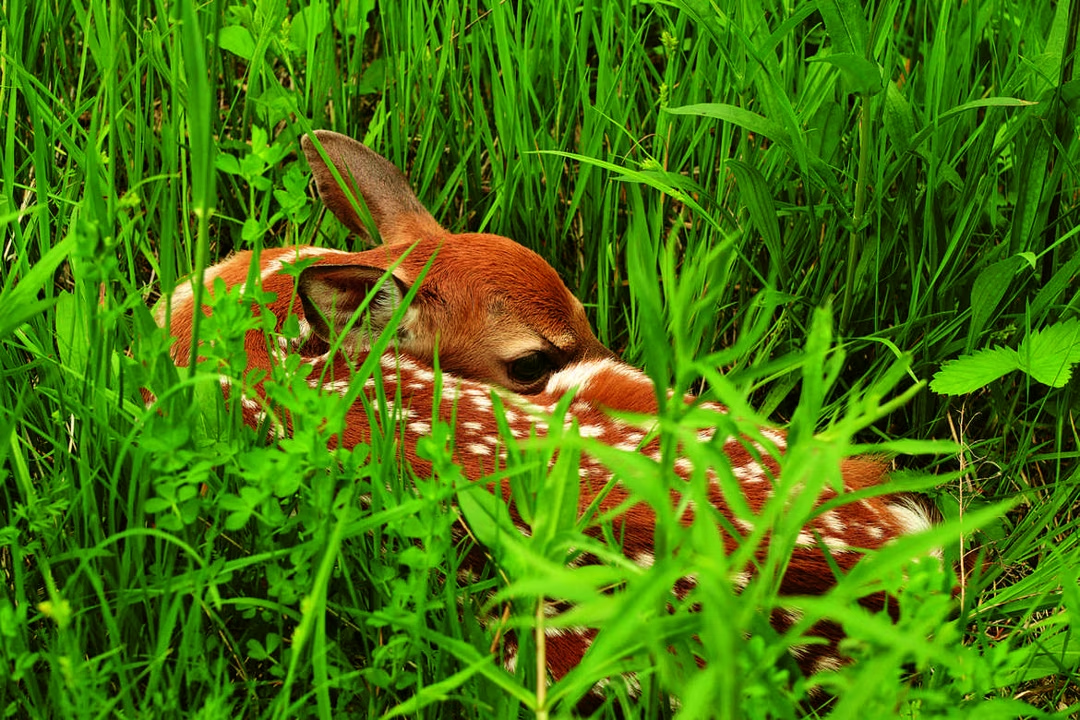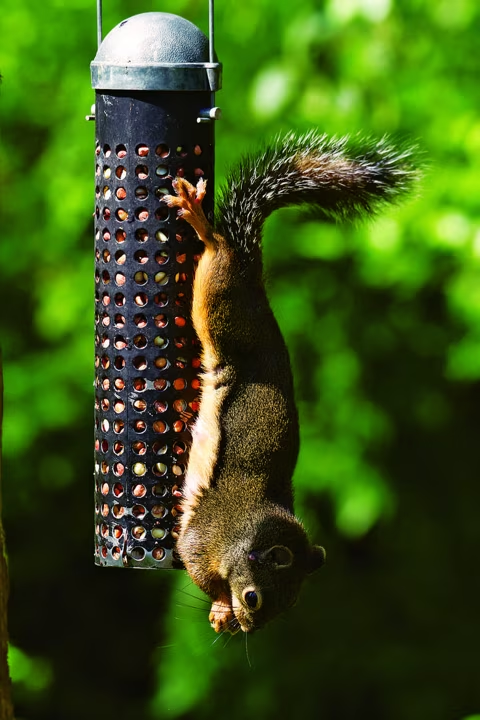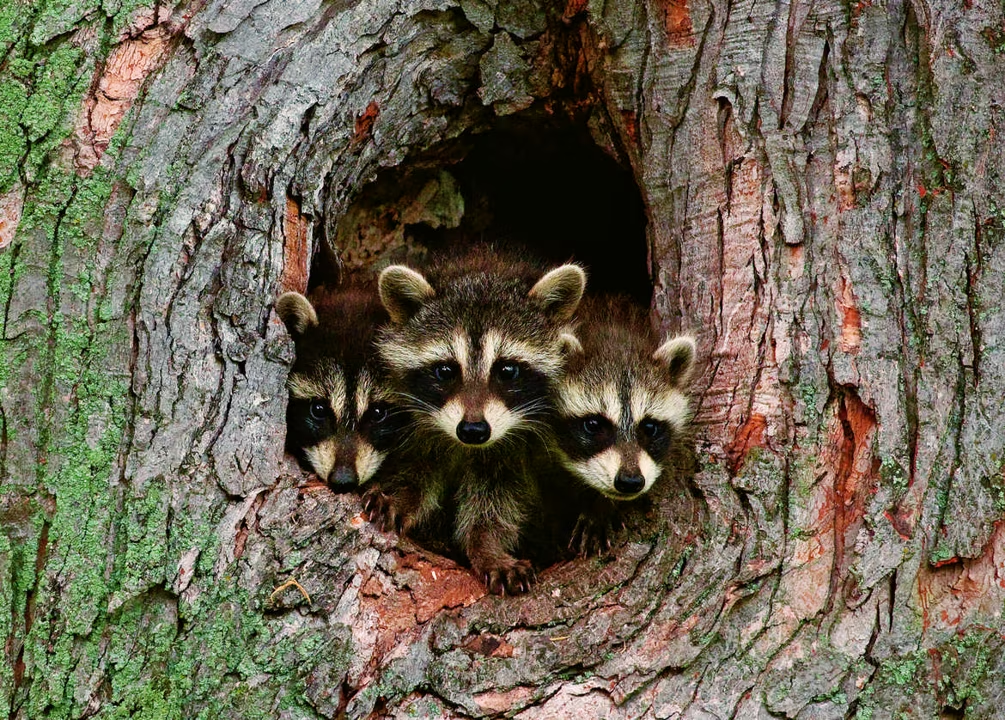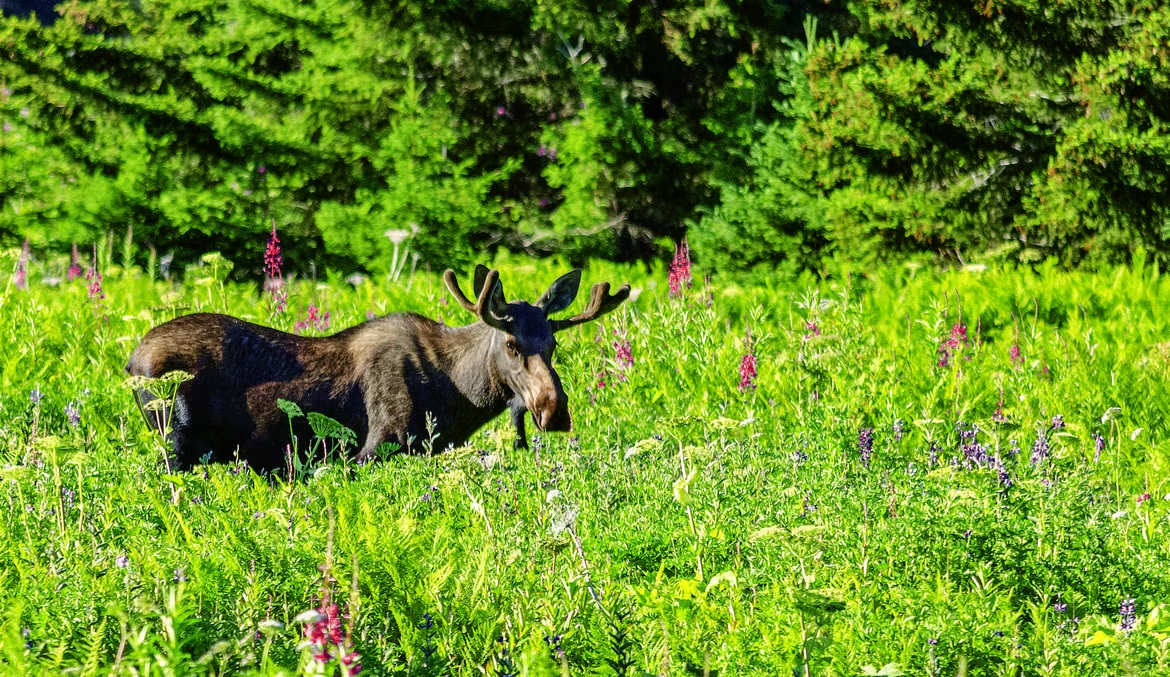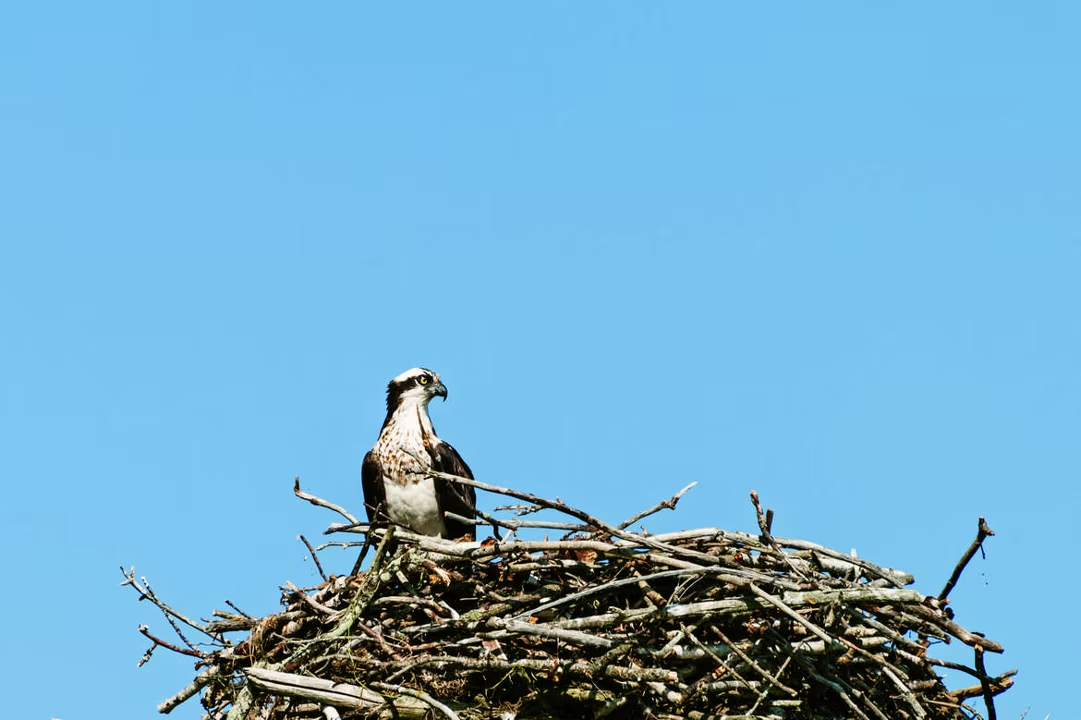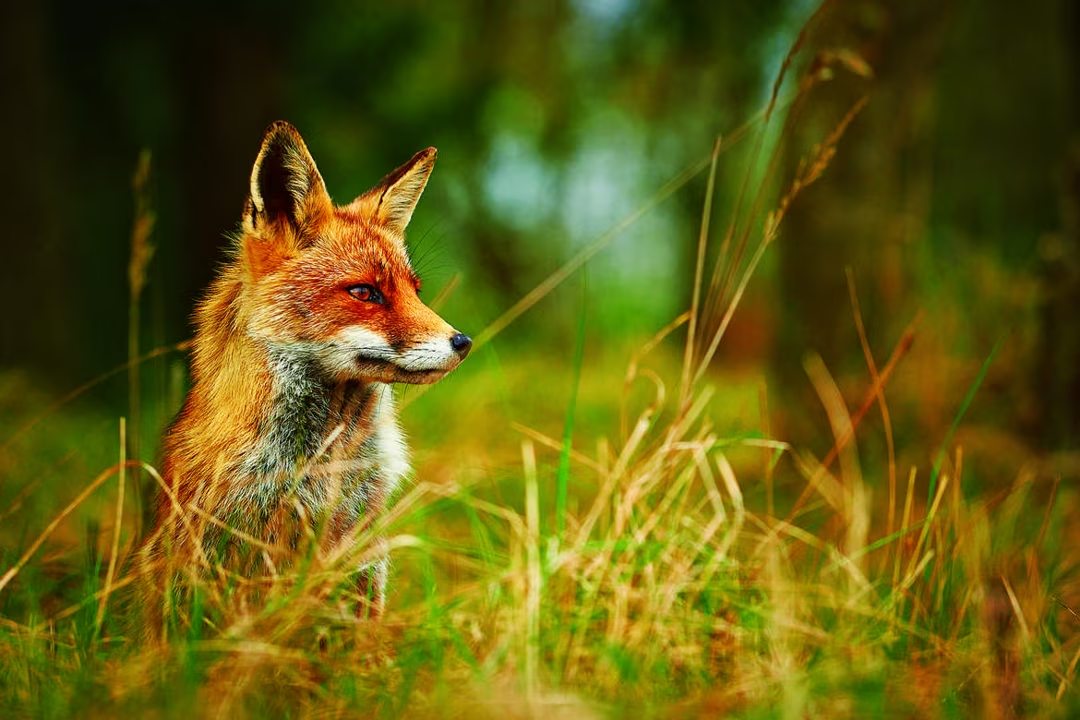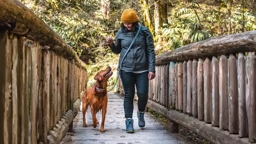Written by Fran Sigurdsson
How are the natives in your neck of the woods? Stand-offish, you say? Perfect! Resist the urge to make friends. Any pesky ones who drop by uninvited? Take it from poet Robert Frost: “Good fences make good neighbors.” Frost was right. And in case you hadn’t guessed, we’re talking about furred and feathered neighbors here.
Now, don’t get us wrong: One of the great joys of cabin living is observing critters on the hoof or wing. Who hasn’t thrilled at the sight of a hawk soaring overhead? And watching deer graze in the meadow as you sip your morning coffee makes you feel one with nature. But when the varmints munch on your prize hostas? Or a raptor suddenly swoops down and flies off with the family pet? Not so much.
Over the years, we’ve heard many a wildlife war story. Whether the conflict involves bison crashing gates, bats invading attics or bears tearing into bird feeders depends on geographic location. Getting along with the natives in cabin country can be a challenge, but there are ways to co-exist. Here are some tips for how to live and let live.
Who the Wild Things Are
The first step toward détente is knowing who you’re dealing with. Can you identify the animals that share your property? Even the elusive or nocturnal ones you’re not likely to see? Ditto for the tracks and scat they leave?
Understanding a species’ habits – when it’s active, what it eats, when it breeds, what it sees as shelter – can help you ward off unwanted cabin guests. A guide to wildlife belongs in every cabin. One good one is Wild Neighbors: the Humane Approach to Living with Wildlife, published by the Humane Society of the United States.
Keeping a Safe Distance
No matter how cuddly a critter appears, never attempt to touch it. Wildlife is unpredictable. Most species are afraid of humans, and will avoid you if possible. But if an animal is startled or feels threatened, it may fight tooth and claw to defend itself.
Shouldn’t you rescue that baby bird, though, that fell out of the nest? Actually, according to the Audubon Society, many young birds spend up to five days on the ground before they can fly. Most likely, mamma and papa are close by and feeding it. The same goes for the “orphaned” fawn you nearly stumbled over in the woods. You can observe young animals from a distance, but it’s best to leave them alone.
Feeding Animals
Many cabin owners have learned the hard ways that birdseed is not just for the birds. Bird feeders in cabin country are like buffets for wildlife. Besides squirrels, they attract mice that eat fallen seed, along with predators like owls and fox who eat mice. And then there are moochers like raccoons, deer and even bears.
We don’t need to remind you not to leave bowls of pet food outside, right? And of course, you wouldn’t leave garbage where skunks can get into it. Metal bins with lids that securely fasten foil marauders. If your cabin is an area with trash service, put the bins out just before garbage is collected, not the night before. Disinfect bins regularly and deodorize garbage with baking soda. When you head back home from a vacation cabin, take foodstuffs with you to discourage break-ins.
Practice Pet Etiquette
Cats and dogs kill scores of birds and small critters each year. If you do let your cat out during the day, a large bell on his collar can minimize “gifts” left on your welcome mat. Your pets are at risk themselves when outside and unsupervised. Keep pets’ rabies shots up to date. If you don’t want coyotes or raptors to spirit Fluffy away, keep her in at night. And walk Rover on a leash lest he get chummy with a porcupine.
Batten Down the Hatches
Prevent wildlife from using your cabin as a crash pad by securing it. Fill in cracks and crevices with a non-toxic spray foam. Bats only need a tiny opening – less than 1 inch! – to take up residence in your attic. Dispose of brush and block crawl spaces under decks that are potential dens; especially if you leave your cabin vacant over the winter. Raccoons will nest in a chimney above the damper, so cap the flue with stainless steel.
Who You Gonna Call?
If you have questions or concerns about wildlife neighbors, you can contact:
-
Your local cooperative extension service or animal shelter. These agencies should be able to help or direct you to someone who can.
-
Organizations like the National Wildlife Foundation nwf.org and Defenders of Wildlife defenders.org.
-
If you need to rid your cabin of squatters, contract a licensed wildlife control operator. They use nonlethal methods like excluder devices.
-
Lastly, if you come across an injured animal on your property, contact a wildlife rehabilitator.



